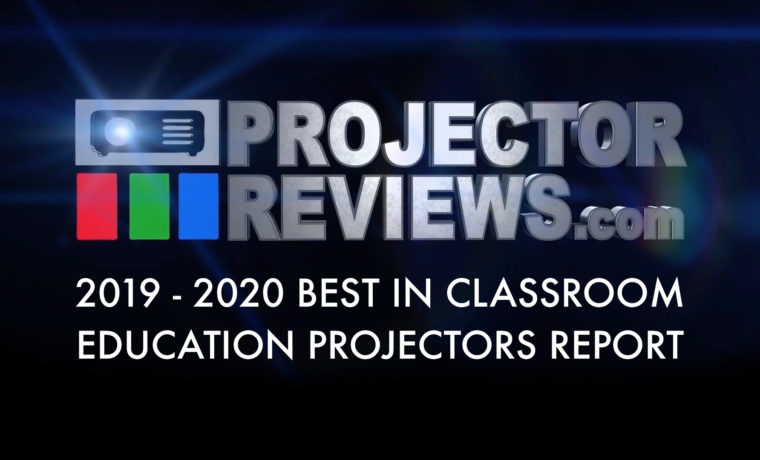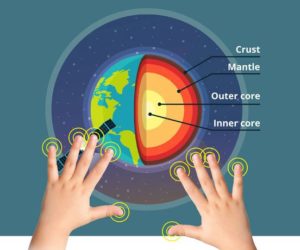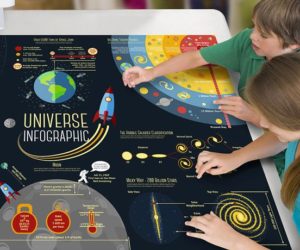For example, we may have reviewed and considered a particular WUXGA resolution projector in this report, but that manufacturer also offers an XGA, and WXGA version, and also a couple in the series that are brighter and cost more but otherwise almost identical. When it comes to those lower cost K-12 projectors, there might be slightly different versions - with and without networking.
As an example, consider a projector from a previous year - two years ago. It is pretty typical. The projector – the NEC NP-ME331W, is a WXGA projector with 3,300 lumens. But the ME series has 8 projectors – 4 are XGA, 4 are WXGA. They vary in some features, and in brightness. In other words, if the ME331W looks great to you, but you need an XGA because you are replacing a lower resolution 4:3 projector, then know that one of the other ME’s is probably the right one for you. If anything, that NEC series is unusual in that it only offers two resolutions, most offer three, four, or five, so some have even larger families.
Our largest spreadsheet of specs will show not only the 17 projectors but each of their sibling's specs.
Ultra-short throw projectors, so far, are different than others, in that they typically have very small families. On occasion, it may be only a family of one. Or as in some cases, a manufacturer may have just one UST (ultra-short throw projector), and another similar one with interactivity added, for a series of two.
As a result, these fifteen projectors covered in this year’s Classroom Projectors Report represent more than 65 different models!
Often, schools will find the projector with the right feature set needed, and then choose the model with the preferred resolution, level of networking, brightness, etc.
It may well be that a school or system will buy several models in the same series. For example, some XGAs replacing older 4:3, some WXGAs, and perhaps a few WUXGA where higher resolution is needed, or perhaps a different WXGA with one or two differences, but in the same series.
Note that almost any projector these days with MHL support or wireless capabilities to work with tablets and phones has at least minimal interactivity. So, when I talk about serious interactivity, I’m talking pens, maybe finger-touch controls and more, not just control from apps.
Overall, the benefits of interactive projectors, which are typically ultra or very short throw projectors in schools, is that they can be mounted to the wall above the screen, rather than the ceiling. They are also so close to the screen that the intense projector light doesn’t get in the speaker’s eyes, so they are better positioned to not blind the teacher or student standing up by the screen.
This normally creates a less expensive, simpler installation, compared to mounting more traditional standard and short throw projectors. The other benefit to this is that it does not cast too much of a shadow on the projection surface.
Remember, this year’s report also contains previous winners of the Interactive or UST Projector category, and, of course, everything links back to our full reviews.
Again, this year, we address the advantages and disadvantages of lamp versus LED, Laser, and also hybrid projectors (LED/Laser such as the Casio line).
All of the projectors covered here are available at the time of this publication according to their manufacturers, and none are expected to be discontinued before September 30th 2019. They should all be available for schools to purchase in quantity for the upcoming K-12 school year. And, they should be around for the higher education purchasing season later summer and fall.
This year’s report includes plenty (11) high-brightness projectors suitable for those large university classrooms, (and also in K-12 auditoriums and multi-purpose rooms).
There are eight of the traditional small fixed install/portable projectors that work well in smaller classrooms.
Three of those projectors are listed in both K-12 and Higher Education sections - as they are capable for K-12 and also capable for small to medium higher education classrooms and labs.
This year we also have for the first time, a new category: Hi End and Specialty Higher Education Projectors. This is filled with extremely powerful projectors, and those especially suitable for applications such as in museums and digital signage at universities and colleges.
You will find five projectors in that group, including the least bright - a specialty projector from Epson with only 2000 lumens (many museum type applications), and a 15,000 lumen laser projector monster, the Epson L1755UNL!




